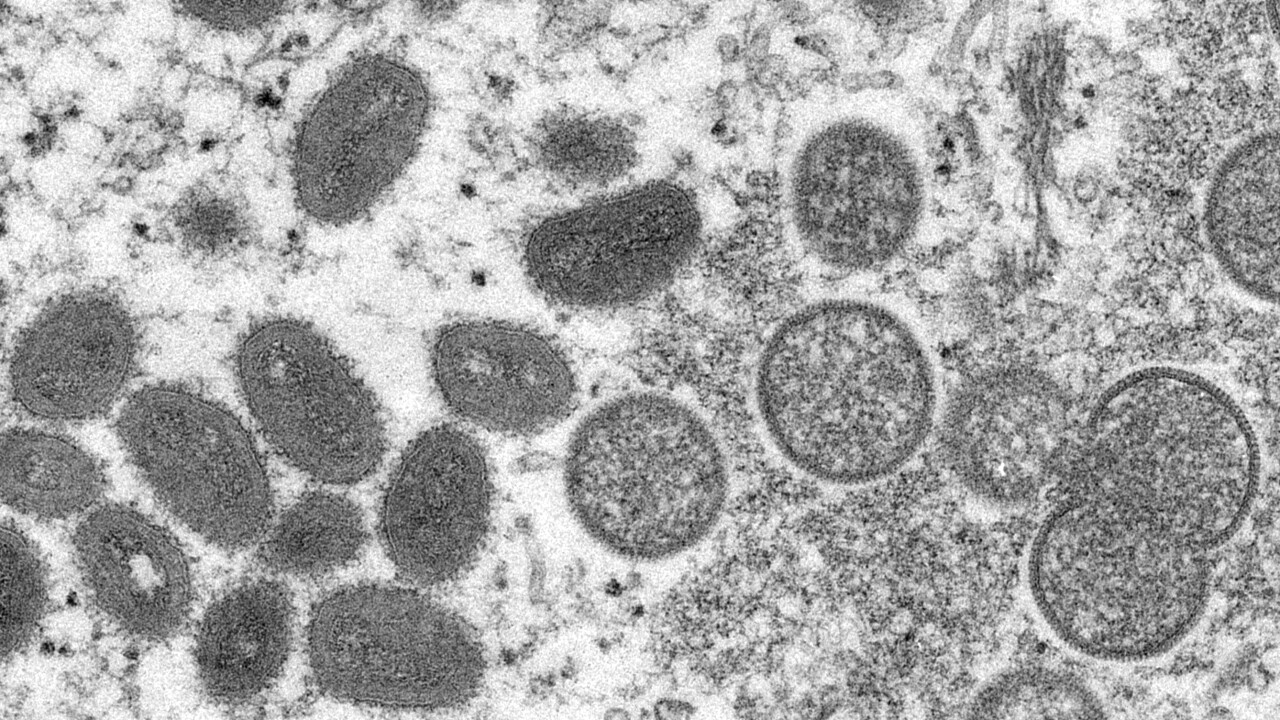BAKERSFIELD, Calif. (KERO) — The Kern County Public Health Department announced on Friday that two more cases of monkeypox have been identified in the county.
According to public health, "This patient was a close contact to a monkeypox case who contacted their healthcare provider after being notified of the potential exposure."
A third case is still being investigated.
What is Monkeypox?
Monkeypox is a rare disease that is caused by infection with the Monkeypox virus. Symptoms of monkeypox may include a rash that may look like pimples or blisters, fever, swollen lymph nodes, general body aches, or fatigue. People with a monkeypox infection may experience all or only a few of these symptoms. Monkeypox can be passed to others from the time symptoms start until all sores have healed and a fresh layer of skin has formed, which can take several weeks. There are no treatments that are specific for monkeypox; however, in limited situations, vaccination (developed to prevent smallpox, a similar virus,) may be recommended for those who may have been exposed to the virus.
“While additional cases of monkeypox have been identified in Kern County, it’s encouraging that contract tracing efforts are working and helping to contain further spread,” says Brynn Carrigan, Director of Kern County Public Health. “We continue to investigate the circumstances surrounding these cases, identifying close contacts and notifying them of their potential exposure.”
The California Department of Public Health reports 250 probable and confirmed cases of monkeypox in the state.
Kern County Public Health says that "anyone who believes they have been exposed to monkeypox or has symptoms of monkeypox should contact a healthcare provider as soon as possible."
There are several ways to reduce the spread of monkeypox, including:
- Avoiding close contact with people with symptoms like sores or rashes
- Practicing good hand hygiene
- Using appropriate personal protective equipment when caring for others with symptoms, including masks, gowns, and gloves
- Avoiding contact with infected materials contaminated with the virus
- Avoiding contact with infected animals
- Staying home if you are sick or have symptoms



